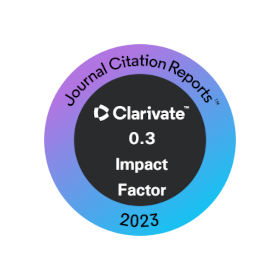Effect of different levels of evapotranspiration on leaf area, temperature, water potential and yield of forage sorghum
DOI:
https://doi.org/10.28940/terra.v39i0.954Keywords:
dry matter, drip irrigation, Sorghum vulgare Pers.Abstract
By the year 2050 the world population will have reached 9.7 billion people at a slow growth rate, which represents a serious scenario in terms of water supply and food production. Thus, the objective of this research was to determine the effect of different evapotranspiration levels on leaf area index (LAI), surface temperature (St), water potential (Yw) and yield in forage sorghum (Sorghum vulgare Pers.) under drip irrigation. The study was carried out in the summer of 2019 at the facilities of Campo Experimental la Laguna in Matamoros, Coahuila, México. Three evapotranspiration levels (ET) (60, 80 and 100%) were evaluated to indicate the laminar water flow to apply with the drip irrigation treatments and a control treatment (flood irrigation), using two varieties of sorghum tolerant to drought and high yield, Super Sorgo (SS) and Sorgo Silo Miel (SSM). The randomized block experimental design was divided in plots with four replicates. A statistically significant difference (P ≤ 0.05, Tukey) was observed in green and dry yield between irrigation treatments and varieties. The highest yields were observed in treatments of 80 and 100% ET, in the SSM variety. The SS variety had its best yields in drip irrigation treatments (80 and 100% ET), but with flood irrigation, yield decreased by 26%. In general, the different laminar irrigation flow affected the LAI, ST, Yw and yield with the treatment of 60%, which was the most affected reducing its yield by 25%. The volume of water applied in drip irrigation treatments was 24 to 39% less than that applied in flood irrigation.















